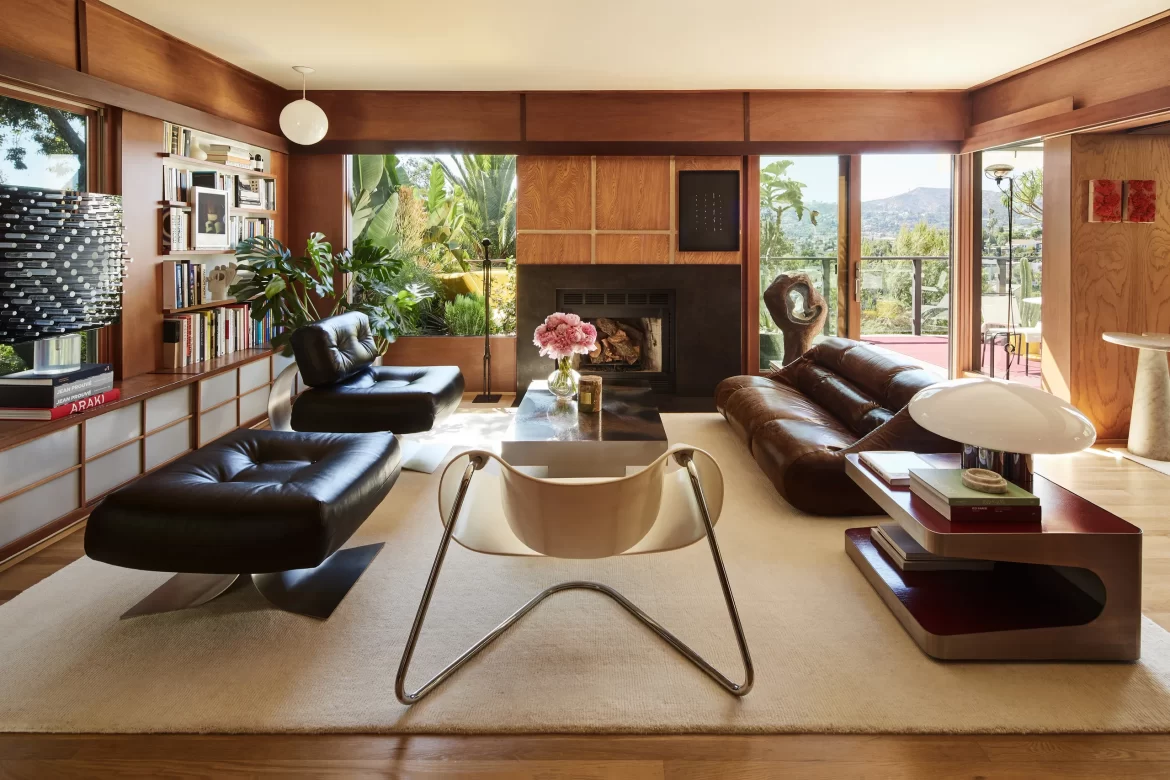Home decor and design can take inspiration from any era or time period, and with some research you may discover one that suits your lifestyle perfectly.
Flamboyant grandeur and artistic excess were hallmarks of this period, featuring floral patterned fabrics, bamboo furniture, bright colors, and bright decor such as flowers or bright-hued draperies.
The Twenties
In the Twenties, Coco Chanel introduced soft jersey shift dresses that did not define or emphasize one’s waist, revolutionizing fashion during an era where women made waves by rocking short sleek hair and above-knee straight shift dresses. Men were completely stunned.
At that time, women were driving change as they challenged traditional society by beginning to work outside the home and earning the right to vote. Thanks to advances in technology, more people could afford consumer goods like radios for home use or automobiles.
The Thirties
Damask curtains and wallpaper reached their pinnacle during the 1930s, when pastel colors like mint green, butter yellow and turquoise (similar to today’s trendy cherry red) were widely popular. Chinoiserie was also fashionable at this time; floral motifs and gingham designs meant to recreate an authentic country kitchen were widely sought-after features.
By the thirties, however, following the stock market crash and World War II began a shift towards practicality and simplicity in home design; yet curvilinear lines and geometric forms still maintained their characteristic appearance of Streamline Moderne.
The Fifties
The 1950s are known for their stylish home decor and furniture due to a surge in prosperity following World War II. Furthermore, this decade saw the emergence of television programs with family-oriented sitcoms and Western movies.
The Sixties will long be remembered for the civil rights fight, Neil Armstrong landing on the moon and Woodstock; an era marked by high creativity and expression with bold colors, patterns and moulded plastic products.
This style is often associated with Mid-Century Modern design movements, drawing its inspiration from atomic bomb and driven by passion for innovation and technology.
The Sixties
The 1960’s are best known for their counter culture, music and civil rights protests; but they also saw us witness the Space Race, Woodstock, and Neil Armstrong taking his first steps onto the moon!
Middle class Americans became wealthier and took pride in their homes. Home decor styles gradually evolved from austere Shaker designs to Art Deco and Memphis designs.
Memphis design was intended to stand out, combining geometric forms from Art Deco with vibrant Pop Art colors for an eye-catching contrast. Today, designers continue using Memphis designs due to its playful and exotic appeal.
The Seventies
The 1970s were an era marked by eccentric fashion choices, peculiar fads, and disco dance music – but they also saw wood paneling and terrazzo finding new homes across America.
Get back that carefree spirit with rattan furniture and accessories. Perfect for any boho-chic space, they add the perfect boho vibe while fitting with many home styles. Animal print has also recently seen a comeback and can be used in many different ways; bold patterns like paisley designs add character that complements many decor schemes.
The Eighties
Minimalism might be trending right now, but retro 80’s style is making a comeback as well. Think power suits with wide lapels, oversized blazers and bold geometric prints!
This period saw the emergence of the yuppie movement; baby boomers with college degrees, good jobs, and expensive tastes. MTV became an influence on popular culture; parody music was made popular thanks to “Weird Al” Yankovic.
Nirvana and Soundgarden created a genre known as grunge during the 80’s. This subgenre incorporates elements from natural environments with modern, industrial designs for an eclectic appearance.
The Nineties
While the early 2000s witnessed an explosion of grunge and Britpop music, homes still held onto tradition by featuring earthy tones such as sage green, dark olive and earthy red in kitchens and living rooms.
Faux painting became increasingly popular during the 90s, from sponged and rag-rolled walls to glazed and stippled surfaces. Flowers also made an appearance; one pattern even combined elements from Deco and Art Nouveau styles! And who could forget those sun and moon wall hangings with detailed faces?
The 2000s
The early 2000s witnessed a renewed emphasis on distinctive American styles as well as sustainability. From Tuscan designs to what the Olsen twins wore, this generation loved creating homes that truly expressed themselves and their personalities.
Bohemian fashion favored by women typically included yoga pants or low-rise jeans worn over layers of tees and blouses, paired with skinny scarf necklaces, skinny scarf scarf necklaces, oversized sunglasses, newsboy hats, newsboy hats, and ballet flats – an era which also introduced pashminas – the ultimate fashion statement!





